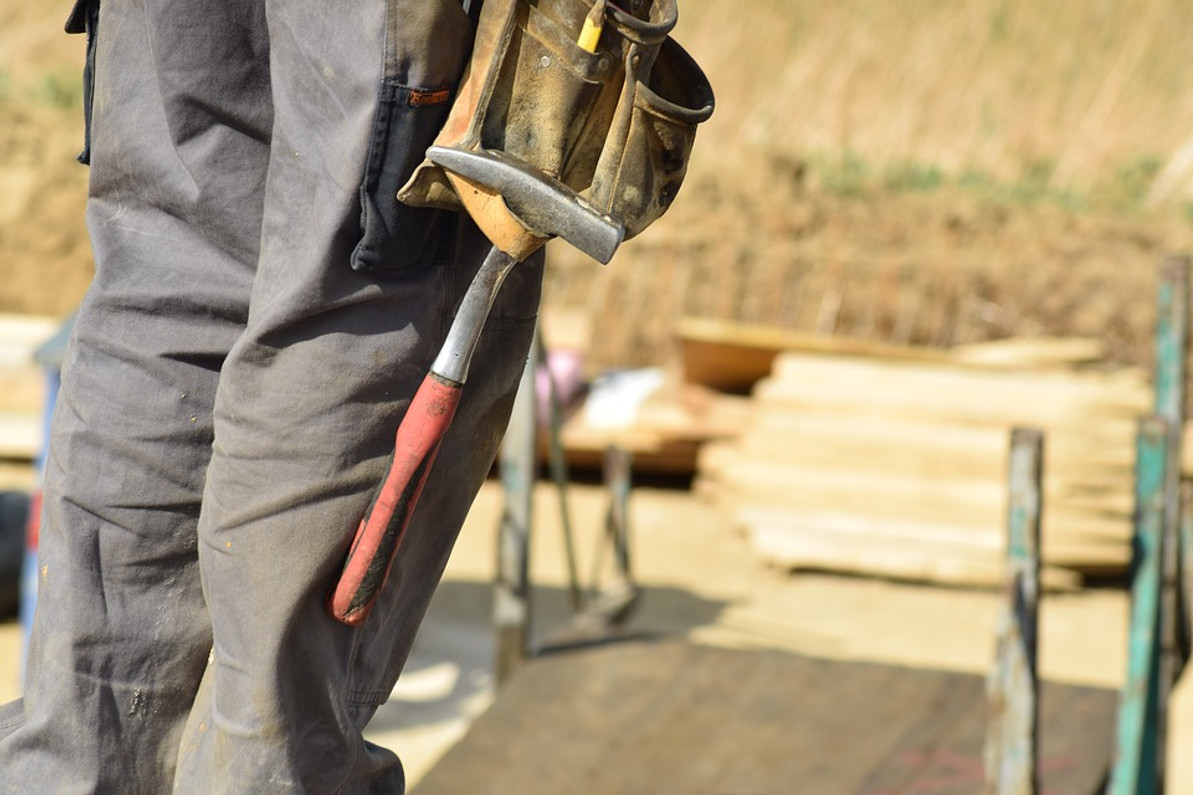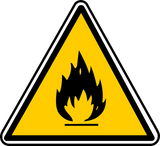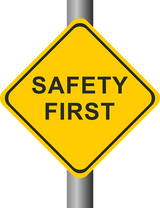The State of Occupational Injuries

Ever since the Occupational Safety and Health Administration (OSHA) was first formed back in the early 1970s, work-related injuries and illnesses have been on the decline. OSHA's number one goal is to create safer environments for our nation's workforce. And it does this through regulatory and enforcement actions. To learn more about the current state of occupational injuries and where it's headed, keep reading.
Construction is The Most Fatal Industry
According to data from the U.S. Bureau of Labor Statistics (BLS), construction workers have a greater risk of death than workers in any other industry. The BLS found that for every 100,000 full-time construction workers, 9.8 lost their lives on the job. While this data was last taken in 2010, it's safe to assume that construction remains the deadliest industry in the United States.
Injuries Cost Employers More than $1 Billion Weekly
Of course, it's in the employer's best interest to promote a safe working environment. When a worker injuries him or herself, the employer must pay for workers' compensation and other related expenses. So, how much do employers pay for these nonfatal injuries? According to OSHA, employers pay roughly $1 billion per week in direct costs such as workers' compensation.
However, there are other costs that often go unnoticed, such as lost productivity, damaged equipment, resourced needed to recruit and hire the injured worker's replacement and more. While $1 billion per week covers the direct costs associated with nonfatal injuries, the actual total is probably much higher.
1 Year of Lost Productivity
Speaking of lost productivity, statistics show that a typical work-related injury results in just over one year of lost productivity. Washington state conducted a study in which it followed injured workers over the course of 14 years to determine the effects of such injuries. The study's researchers concluded that each of the 31,588 work-related injuries resulted in 1.06 years of lost productivity.
Slips, Trips and Falls
Statistics show that improper handling of objects was the most common cause of work-related injuries that resulted in seven or more missed days of work. However, slips, trips and falls account for over one-third of all injuries that occur on the job. There are steps that employers can take to protect against slips, trips and falls, such as keeping walking paths clear and free of debris, ensuring there's proper lighting in the workplace, and providing workers with the appropriate shoes or footwear.
Recent Posts
-
Fire Safety in the Workplace: What You Need to Know
What steps are you taking to prevent fires in your workplace? According to the U.S. Occupational Saf …Aug 23rd 2023 -
Is It Safe to Go Jogging With a Cold Infection?
If you're suffering from a cold infection, you might be wondering whether it's safe to go jogging. T …Aug 22nd 2023 -
5 Safety Tips to Follow When Using a Powder-Actuated Tool
Powder-actuated tools are commonly used to join materials to steel and concrete. Also known as Hilti …Aug 20th 2023




